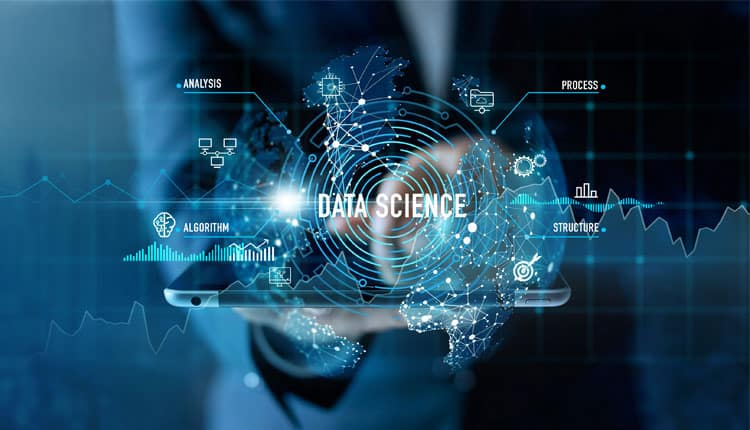In an age dominated by data, the ability to transform raw numbers into actionable insights has become a sought-after skill. Data science, often described as the intersection of statistics, computer science, and domain expertise, is more than just crunching numbers—it is an art that turns chaos into clarity.
The Essence of Data Science: –
At its core, data science involves collecting, cleaning, analysing, and interpreting vast amounts of data. But beyond the technicalities lies a deeper goal: uncovering the stories hidden within the numbers. Data scientists are modern-day storytellers who bridge the gap between complexity and understanding. They transform an overwhelming flood of information into knowledge that drives decisions.

The Journey: From Numbers to Knowledge: –
- Data Collection: Data science begins with the raw material: data. This data can come from diverse sources, such as databases, IoT devices, social media, and surveys. The challenge is not just gathering data but ensuring its relevance and reliability.
- Data Cleaning: Raw data is rarely ready for analysis. It often contains errors, inconsistencies, and missing values. The art lies in cleaning and organizing this data without losing valuable information. A well-prepared dataset is the foundation of meaningful insights.
- Data Analysis: Analysis involves identifying patterns, trends, and relationships within the data. Statistical models, machine learning algorithms, and visualization techniques come into play here. This step transforms numbers into insights.
- Data Interpretation: Insights are only valuable if they can be understood and acted upon. Interpreting data involves translating technical findings into actionable knowledge that aligns with organizational goals.
The Tools of the Trade: –
Data science relies on a range of tools and technologies:
• Programming Languages: Python and R are the go-to languages for data manipulation and analysis.
• Data Visualization Tools: Tools like Tableau, Power BI, and Matplotlib make insights visually accessible.
• Machine Learning Frameworks: Libraries such as TensorFlow, Scikit-learn, and PyTorch power predictive modeling and automation.
• Big Data Technologies: Hadoop, Spark, and cloud platforms enable the processing of massive datasets.
The Artful Side of Data Science: –
What sets exceptional data scientists apart is their ability to think creatively and approach problems from multiple perspectives. It is not just about algorithms and statistics; it’s about asking the right questions, challenging assumptions, and crafting narratives that resonate with diverse audiences. Data scientists often find themselves at the crossroads of logic and intuition, blending analytical rigor with human insight.
The Impact of Data Science: –
From improving healthcare outcomes to optimizing supply chains, data science has revolutionized industries. Companies harness its power to understand consumer behaviour, predict market trends, and make informed decisions. In the public sector, data science plays a vital role in urban planning, policy-making, and combating global challenges like climate change.
The Future of Data Science: –
As technology evolves, so does the art of data science. The rise of artificial intelligence, edge computing, and real-time analytics is reshaping how we interact with data. Tomorrow’s data scientists will need to adapt to these changes, mastering new tools and techniques while maintaining the human touch that makes data science a true art form.
Conclusion: –
Data science is more than a technical discipline; it is a transformative process that turns raw numbers into actionable knowledge. It is an art that requires curiosity, creativity, and critical thinking. In a world overflowing with data, mastering this art is the key to unlocking unprecedented opportunities. From numbers to knowledge, data science empowers us to see the world more clearly and act more decisively.






